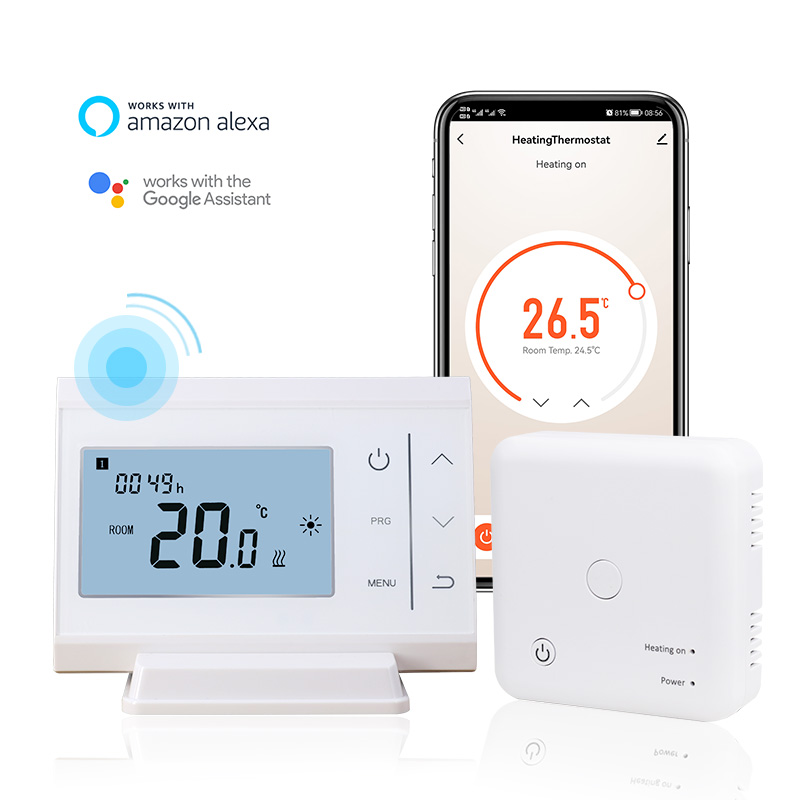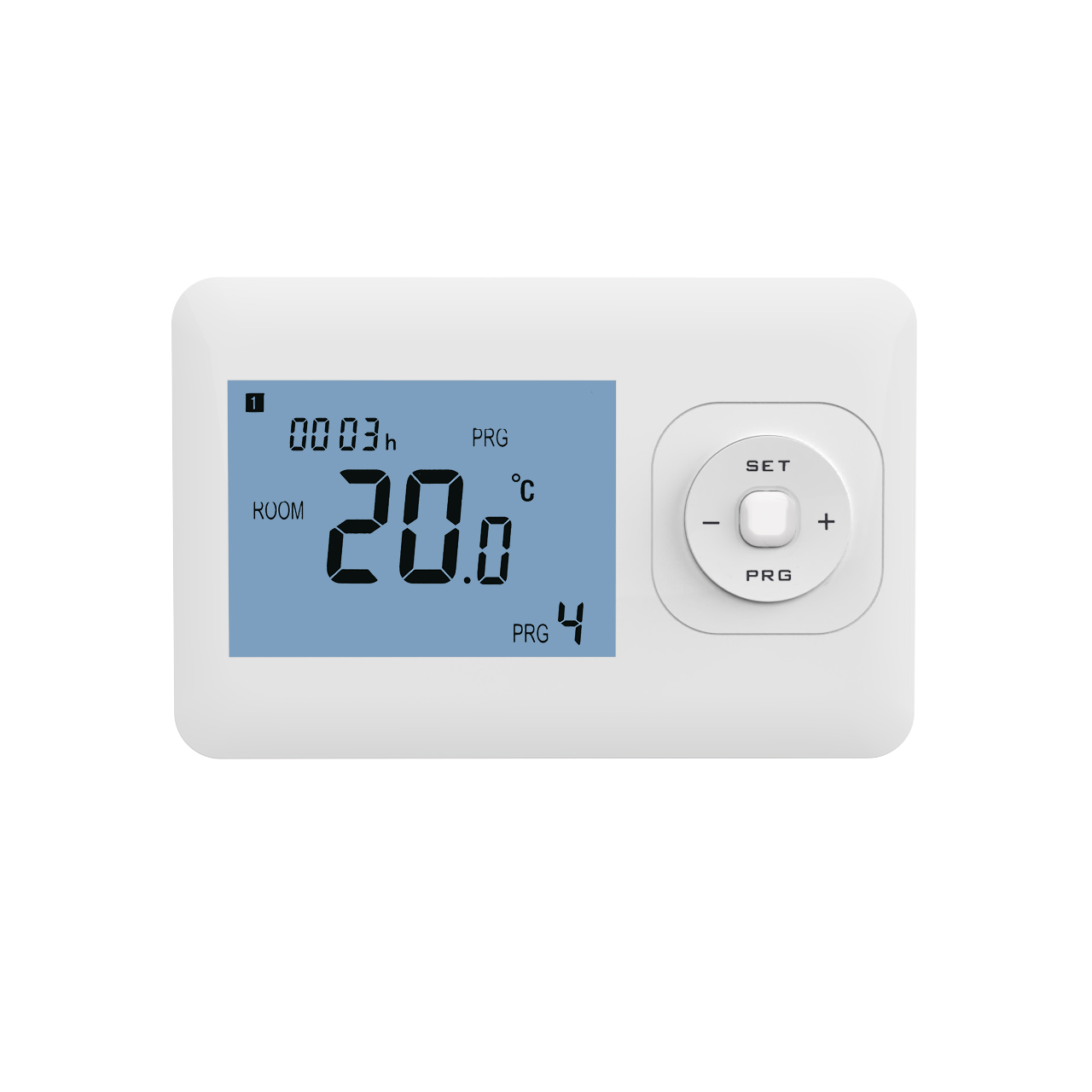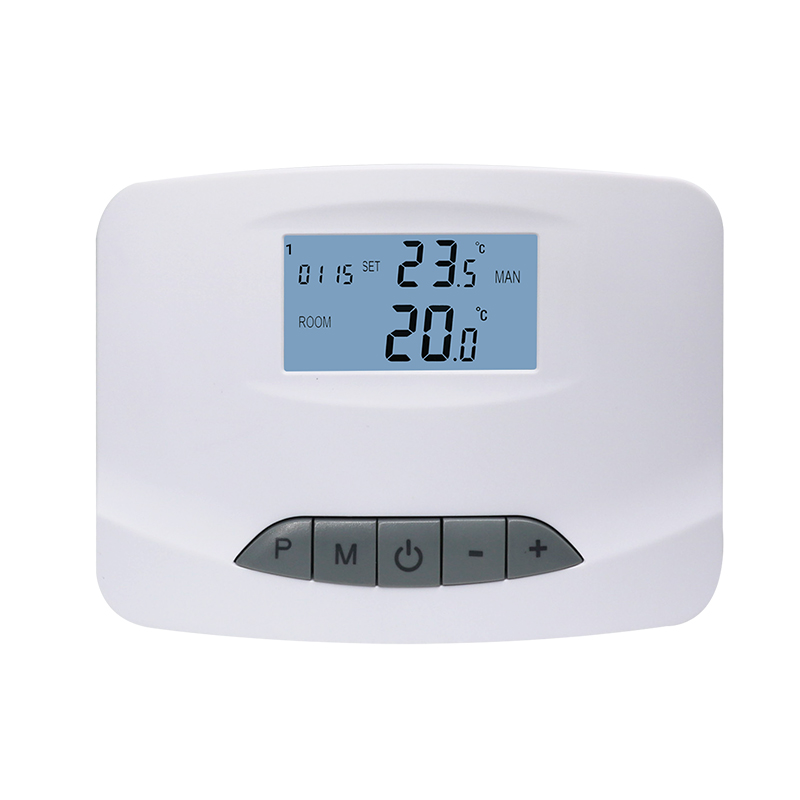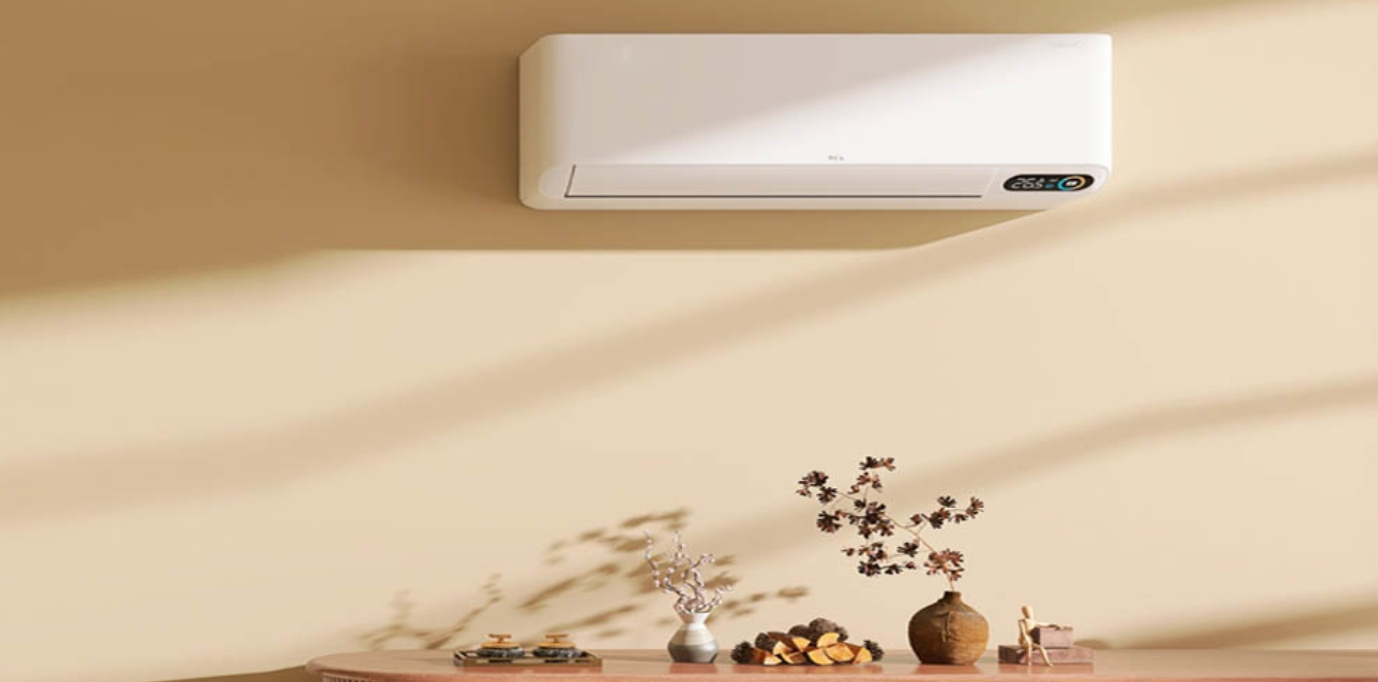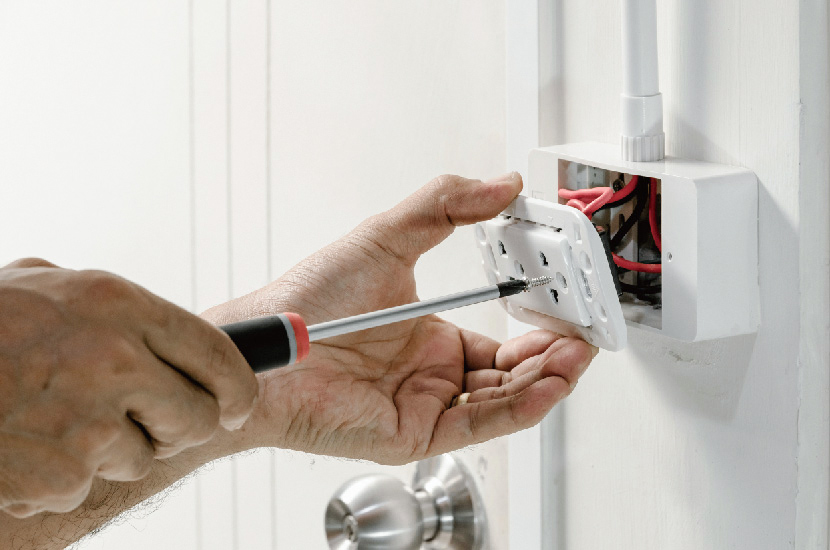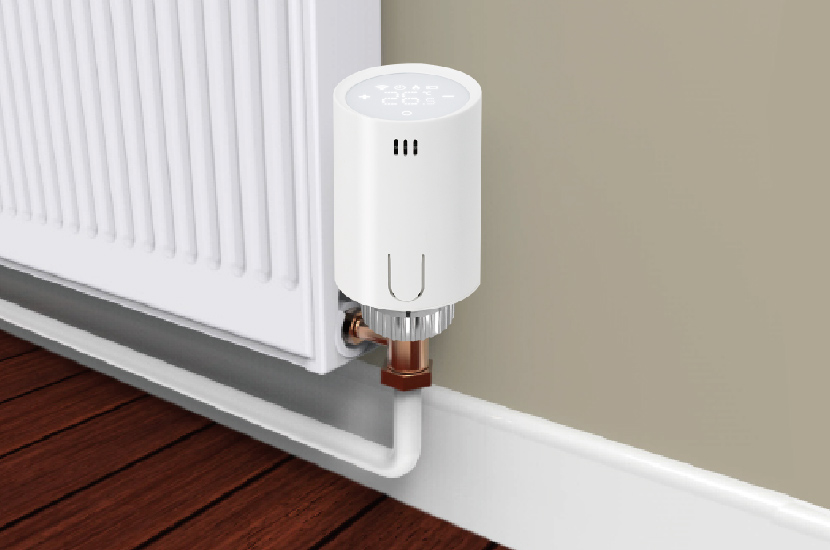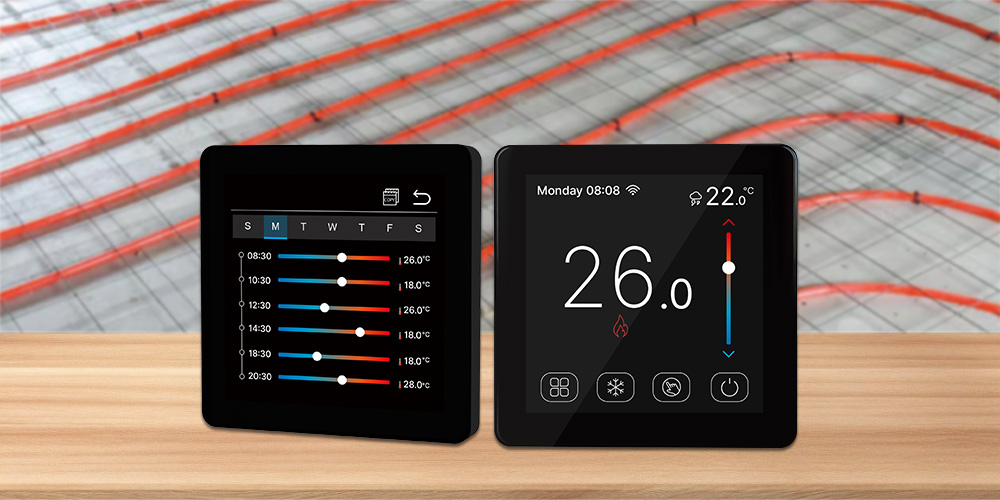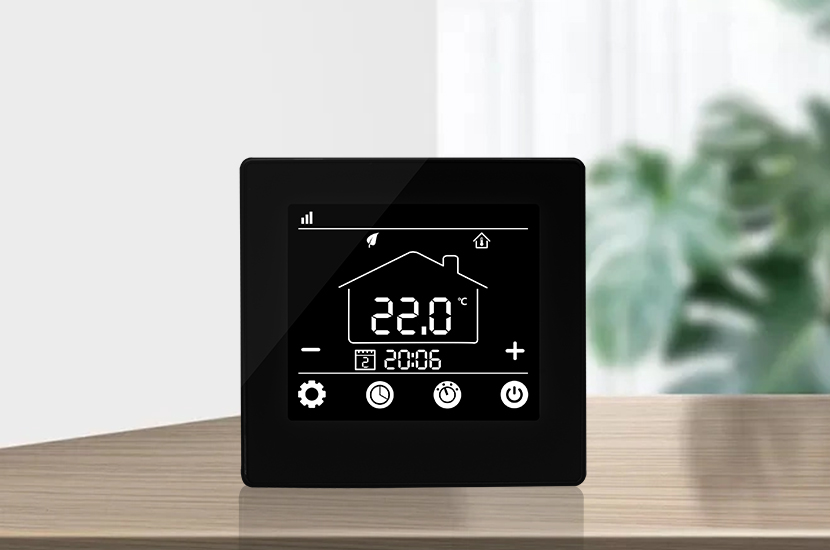Featured articles
More from the category
How to switch the thermostat mode
05/20/2025
Flexible switching of thermostat modes is the key to achieving efficient temperature control and energy-saving operation. This article focuses on the three core aspects of mode type, operation method, and troubleshooting to help you quickly master practical skills!

Overview of core modes
Common modes of home thermostats
Automatic mode: Intelligent judgment, automatic start and stop according to the set temperature upper and lower limits, energy saving and worry-free
Manual mode: Freely adjust temperature and wind speed, accurately control the indoor environment
Energy-saving mode: Optimize operation logic, automatically adjust temperature at night, reduce energy consumption
Sleep mode: Silent operation, intelligent adjustment of warm air, create a comfortable sleeping environment
Core modes of industrial thermostats
Constant temperature control: Strictly control temperature fluctuations to meet the stringent requirements of precision production
Program control: Phased regulation according to the preset temperature curve, adapt to complex processes such as heat treatment
Manual/automatic switching: Manual precise operation for debugging, automatic production to improve efficiency
Three-step switching operation guide
Mechanical thermostat
Find the knob/switch marked with AUTO (automatic) or MANUAL (manual), directly rotate or turn to the target mode, and then adjust the temperature knob.
Electronic thermostat
Press the MODE button to bring up the mode menu
Use the ▲/▼ arrow keys to select the target mode
Press the OK button to confirm and adjust the parameters as needed
Smart Wi-Fi thermostat
Make sure the phone and thermostat are connected to the same Wi-Fi and open the corresponding APP
Click the “Mode” option on the main interface of the APP and select the desired mode icon
Remotely set parameters such as temperature and wind speed, and synchronize them to the device with one click
Key points of operation
Safety first: Turn off the device before switching when it is running; power must be turned off before disassembly
Parameter reset: After switching modes, be sure to recheck and set parameters such as temperature and wind speed
Device adaptation: Confirm that the device supports the selected mode to avoid compatibility issues with old devices
Quick repair of common faults
Unable to switch modes
Possible reasons: battery exhaustion, damaged buttons, software abnormalities
Solutions: Replace batteries; repair or replace damaged buttons; restart APP Or update the software
The device does not work after switching
Possible reasons: wrong mode selection, unset parameters, device failure
Solution: reselect the correct mode; check and set relevant parameters; check whether the device power supply and hardware are faulty
APP switching failed
Possible reasons: unstable network, abnormal pairing, low APP version
Solution: connect to strong signal Wi-Fi; re-pair the device in the APP; go to the App Store to update the APP to the latest version
Master the above methods, you can easily control the thermostat mode switching! If you encounter complex problems, it is recommended to consult the device manual or contact the official customer service for professional support.
